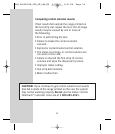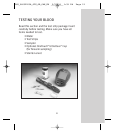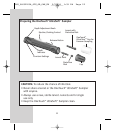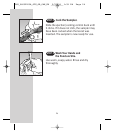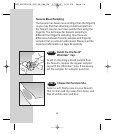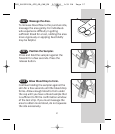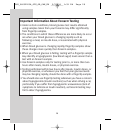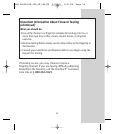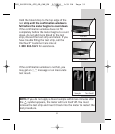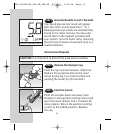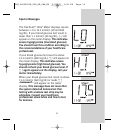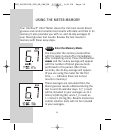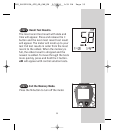
28
Important Information About Forearm Testing
• Under certain conditions, blood glucose test results obtained
using samples taken from your forearm may differ significantly
from fingertip samples.
•
The conditions in which these differences are more likely to occur
are when your blood glucose is changing rapidly such as
following a meal, an insulin dose, or associated with physical
exercise.
• When blood glucose is changing rapidly, fingertip samples show
these changes more quickly than forearm samples.
• When your blood glucose is falling, testing with a fingertip sample
may identify a hypoglycemic (low blood sugar) level sooner than a
test with an forearm sample.
• Use forearm samples only for testing prior to, or more than two
hours after meals, insulin doses, or physical exercise.
• Testing performed within two hours after meals, insulin doses, or
physical exercise, or whenever you feel that your glucose levels
may be changing rapidly, should be done with a fingertip sample.
• You should also use fingertip testing whenever you have a concern
about hypoglycemia (insulin reactions) such as when driving a car,
particularly if you suffer from hypoglycemic unawareness (lack of
symptoms to indicate an insulin reaction), as forearm testing may
fail to detect hypoglycemia.
DCO_06052203A_OTU_OB_CAN_EN 2/20/04 1:39 PM Page 28



